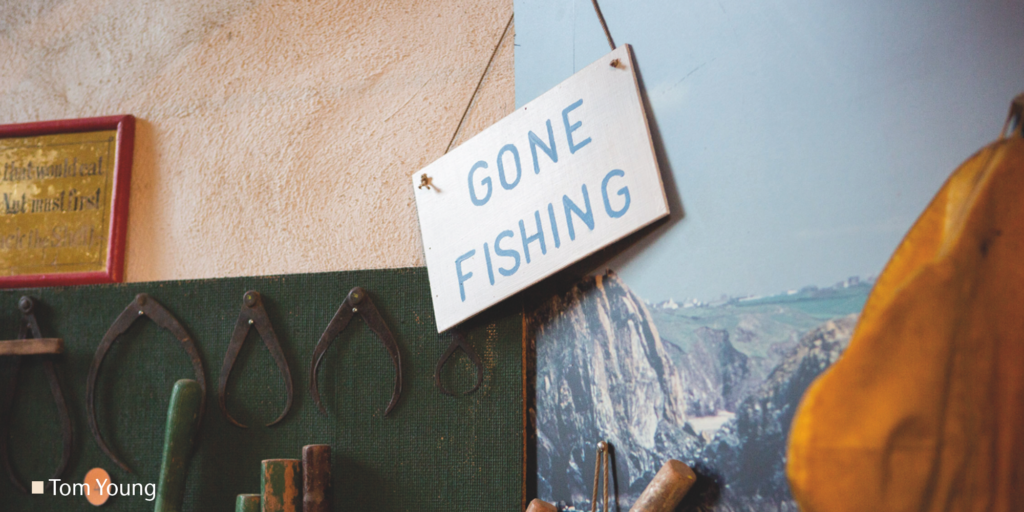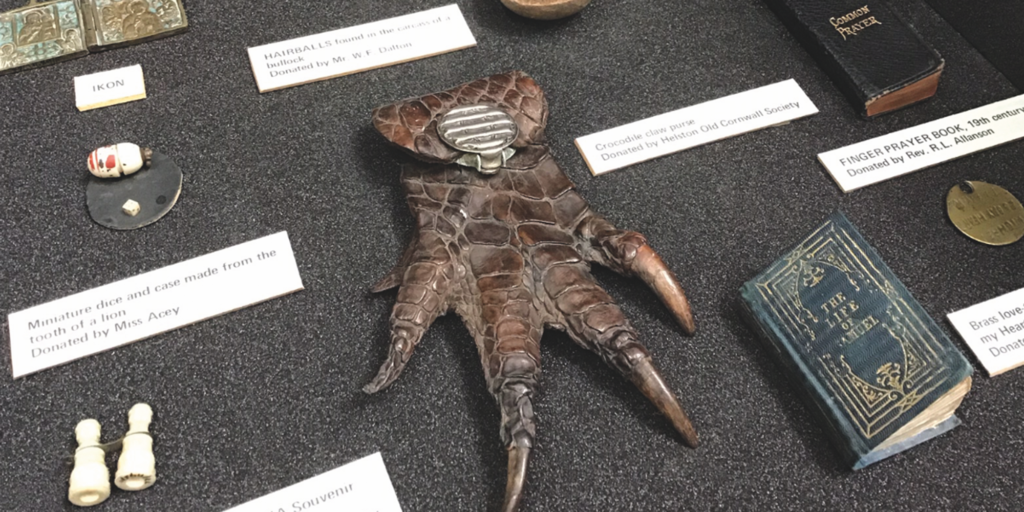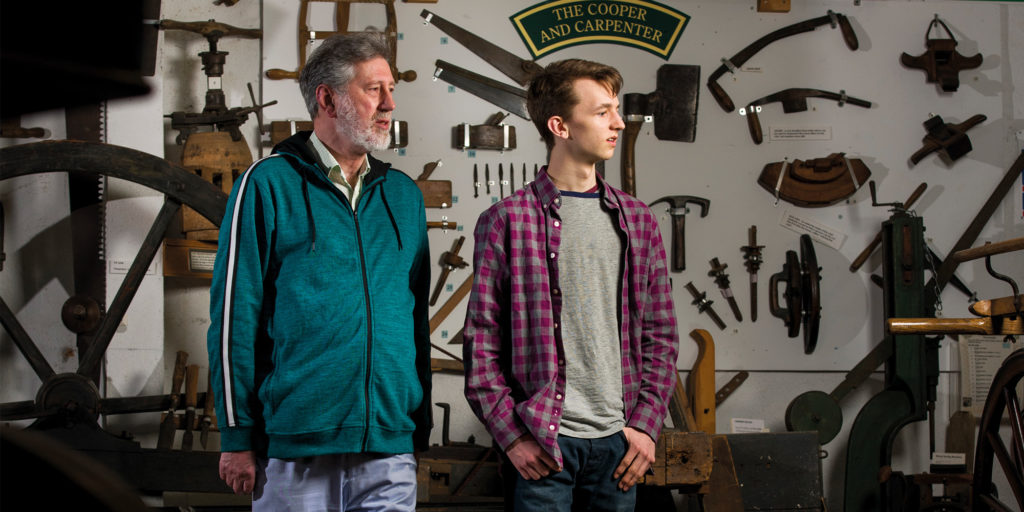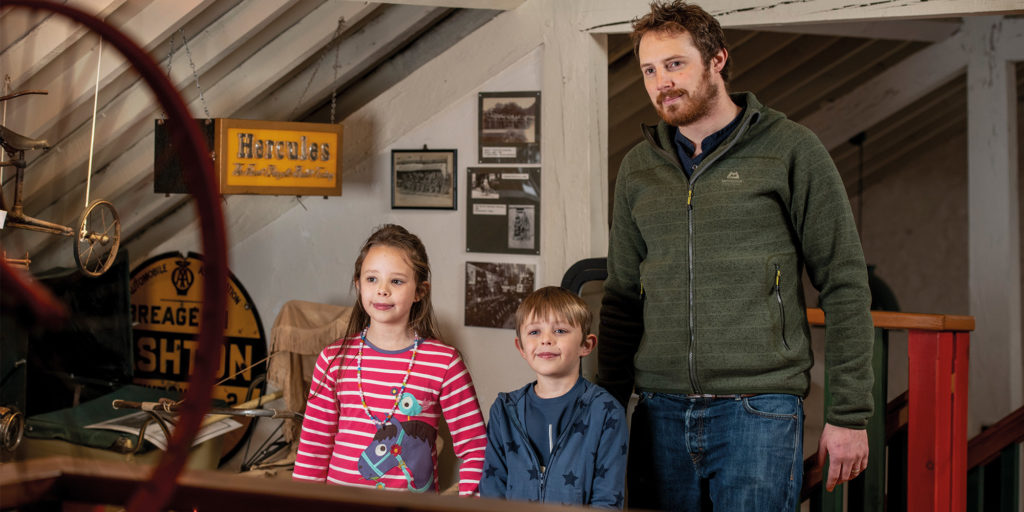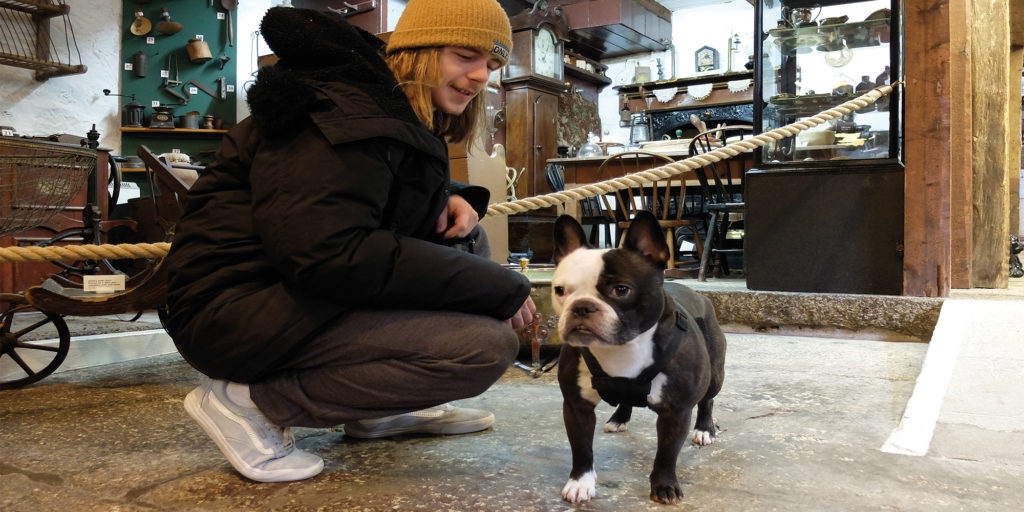The future of the past
Celebrating more than just artefacts, Helston’s Museum of Cornish Life gives an insight into the everyday lives of times gone by.
Housing a wide-ranging collection through which we can share stories of life in Cornwall, Helston’s Museum of Cornish Life can be found in the town’s former market buildings. The collection on display ranges wildly in size, from the smallest item, a dice made from the tooth of a lion, to the largest – the historic building itself!
Led by Annette McTavish, the museum’s Director, this iconic attraction is always looking for innovative ways to share what it has to offer, and to make it all accessible to as many people as possible. “For our programme of exhibitions,” explains Annette, “we offer exhibition tours that we share through social media and our website, and every week we offer virtual visits to care homes, giving residents the chance to dial into the museum.”
Helston’s beloved museum continues to keep up with the times. Annette explains: “There is a movement in the museum sector, to question the heritage of museums themselves – their buildings and purpose – as well as the collections that live within them. At the Museum of Cornish Life, we believe that it is as relevant for us, as it is for the large nationals.” As an example, we learn that in 2022, Dr Tehmina Goskar has started a Headley Fellowship at the museum through which she is applying modern ethical practises to writing an entirely new history of the collections and the museum itself. In doing so, she will be sharing a sector toolkit on how to deal with embarrassing problems in small museums.
Annette explains, however, that while the museum covers a lot of historical ground, the main focus remains on everyday items. “We specialise in the things people owned and loved. As you look around the museum, you will see objects that remind you of things people you know have used in their home, garden, or carrying out a trade. The museum is home to things used and loved, not boxed up and kept for special occasions. It’s why we can see people in the things we share, and why the museum is so special.”
MUSEUM OF CORNISH LIFE
